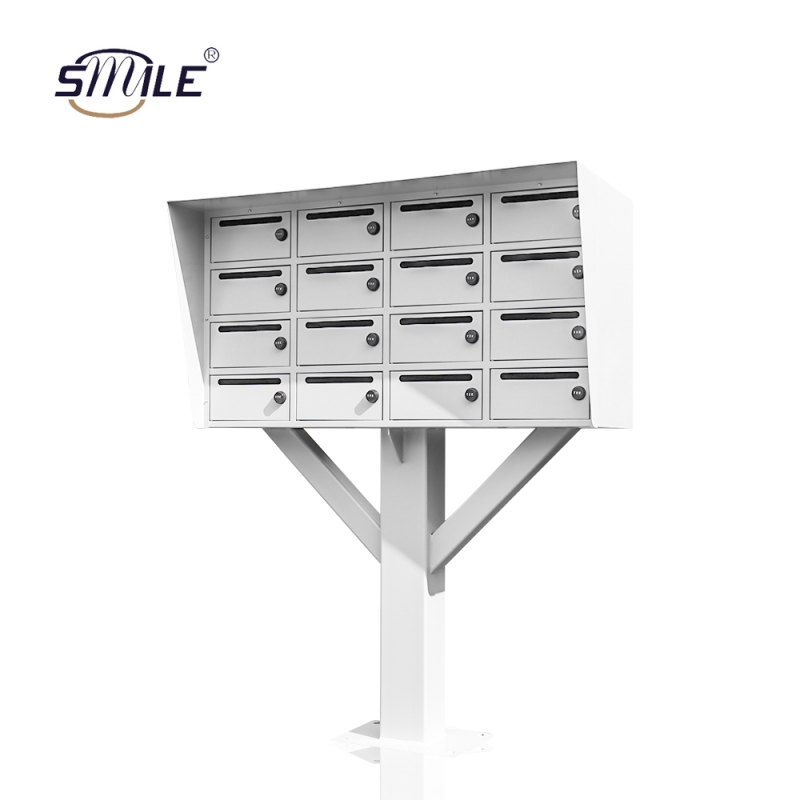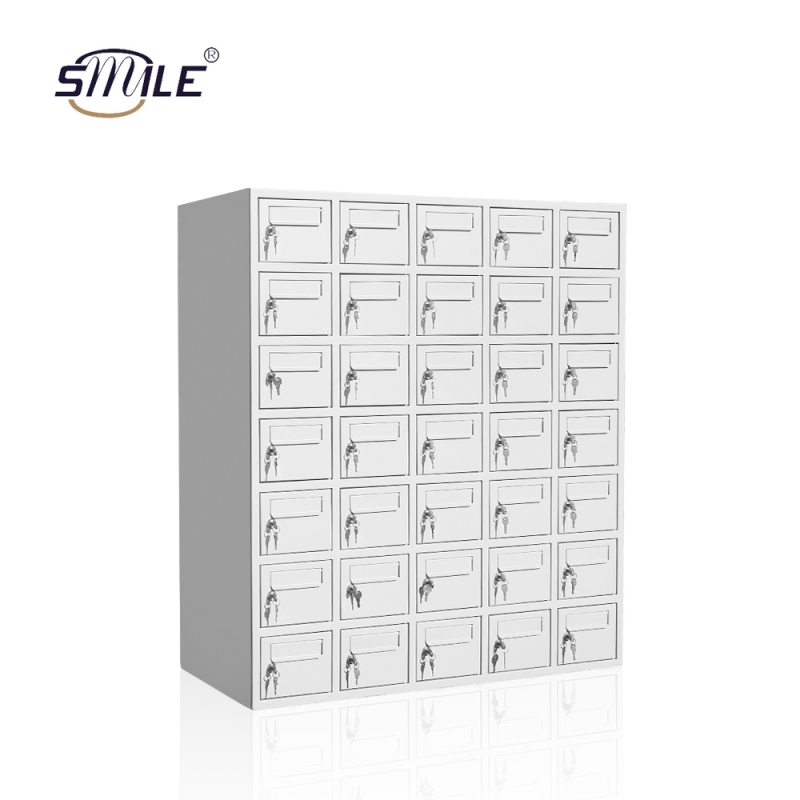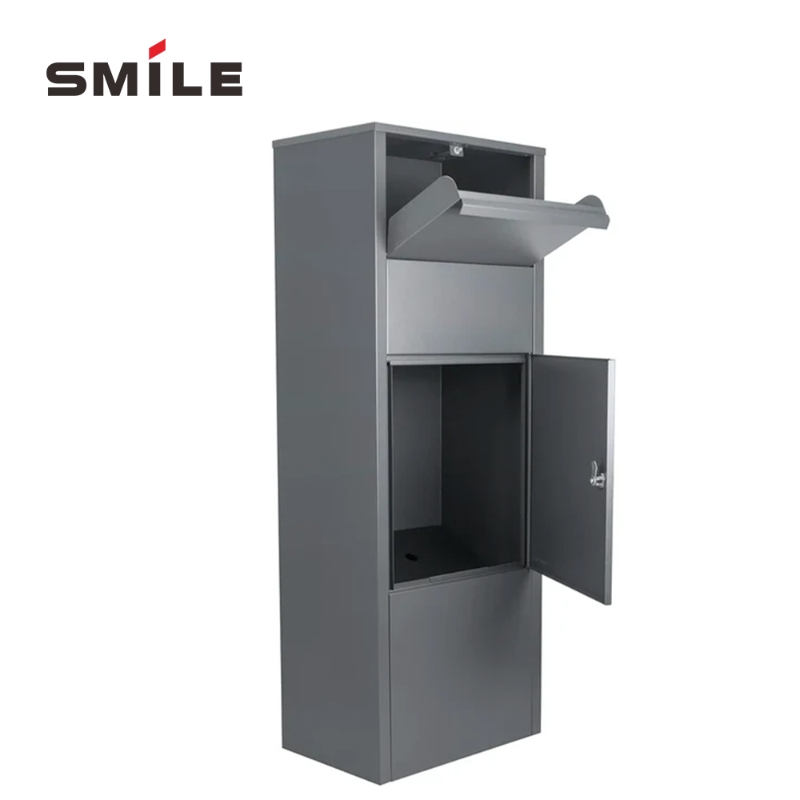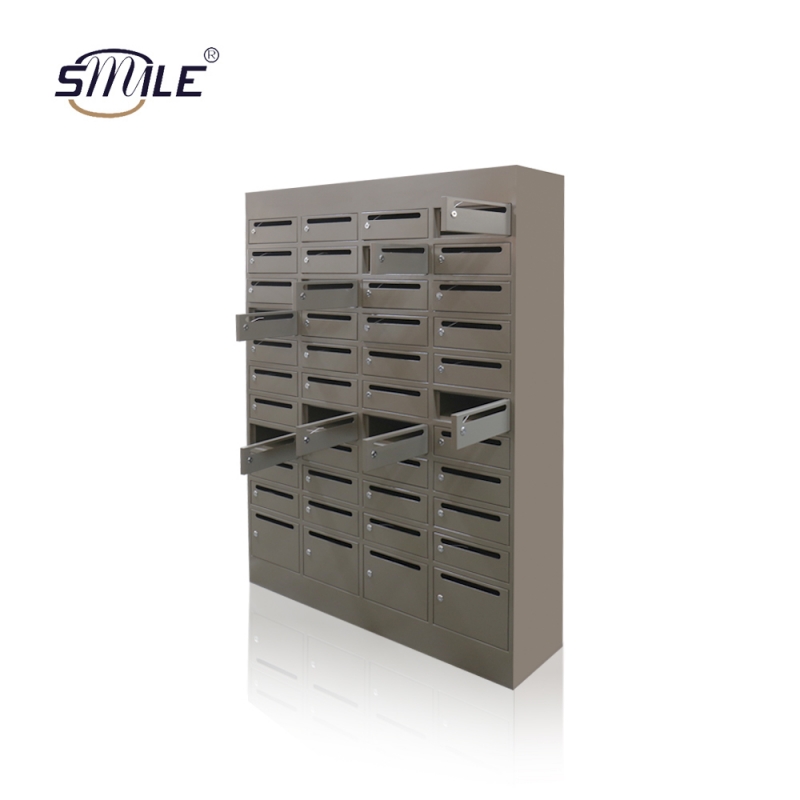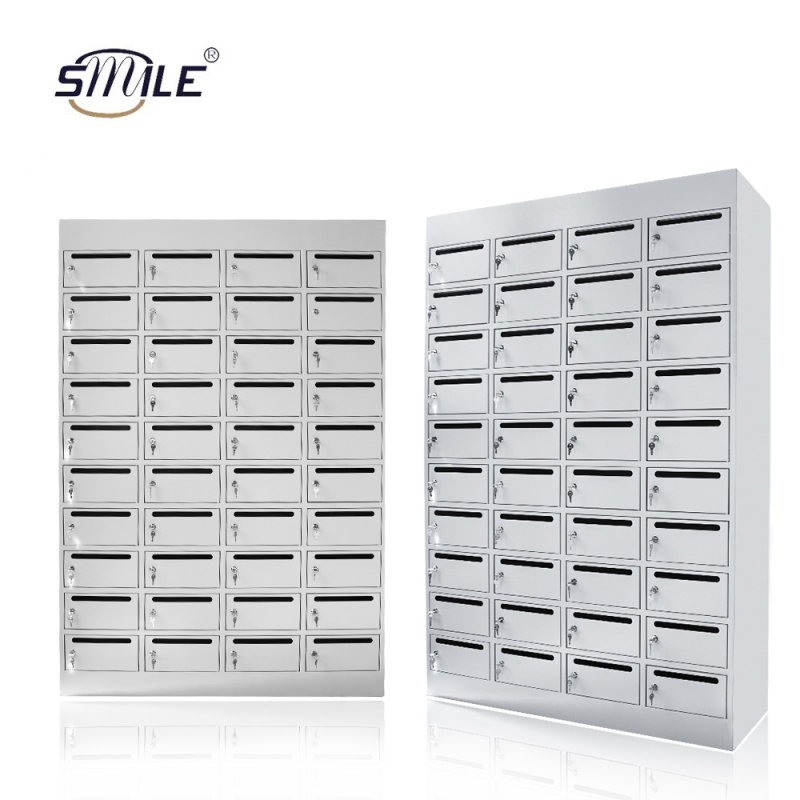As industrial automation expands into harsh environments, the IP protection rating of electrical cabinet enclosures has become critical to ensuring stable equipment operation. As the primary manufacturing method for electrical cabinet enclosures, the precision of sheet metal fabrication, material selection, and process control directly determine the enclosure's ability to block contaminants like dust and moisture. This deep integration is driving continuous upgrades in industrial electrical protection standards.

1.IP Protection Rating: A Core Performance Indicator for Electrical Cabinet Enclosures
The IP protection rating is defined by the International Electrotechnical Commission (IEC) 60529 standard, using a two-digit code to specify an enclosure's protective capabilities. The first digit indicates protection against solid foreign objects, ranging from Level 0 (no protection) to Level 6 (dust-tight), where Level 6 completely prevents dust ingress. The second digit denotes protection against liquids, spanning from Level 0 (no protection) to Level 9 (withstands high-pressure water jets), covering scenarios such as dripping, splashing, spraying, and even immersion.
In industrial settings such as mining and outdoor infrastructure, electrical enclosure housings must meet IP66 or higher ratings, while standard workshop environments require at least IP54 protection to ensure equipment safety. Achieving these protective standards relies entirely on sheet metal fabrication's precise control over enclosure structures.
2.Sheet Metal Processing: The Foundation for IP Protection Ratings
Material Selection Establishes the Foundation for Protection
The initial material selection in sheet metal processing directly impacts protective effectiveness. In outdoor or high-humidity environments, corrosion-resistant materials like stainless steel and coated galvanized steel become the preferred choice. Their inherent rust resistance provides innate conditions for IP protection. For specialized scenarios such as chemical processing, high-grade stainless steel can also withstand chemical medium corrosion, preventing protective failure due to enclosure damage.
Precision Craftsmanship Ensures Sealing Accuracy
Laser cutting technology achieves micron-level precision in sheet metal components, ensuring seamless alignment of all cabinet panels. CNC bending machines deliver precise folding, minimizing gaps at shell joints to reduce potential entry points for foreign objects. Seamless welding and pinpoint positioning of punched holes further eliminate weak points in sealing, providing critical support for IP5X and higher dust protection ratings.
Surface Treatment Enhances Protective Capabilities
Post-sheet metal processing surface treatment procedures, including rust-proof coatings and anti-corrosion spraying, strengthen the housing's resistance to aging and corrosion. This step not only extends the enclosure's service life but also prevents environmental factors from causing seal failure, indirectly ensuring the long-term stability of the IP protection rating.
3.Industry Trends: Process Upgrades Drive Iterative Improvements in Protection Performance
Currently, industrial equipment demands for IP protection are expanding toward higher ratings and more complex scenarios. Sheet metal processing enterprises are actively adopting smart production technologies, achieving full-process precision control from material cutting to assembly through digital management. Some companies have already realized mass production of IP68-rated waterproof and IP6X-rated dustproof enclosures.
Meanwhile, customized sheet metal fabrication has become the mainstream trend in the industry. Leveraging its flexible adaptation capabilities, CHNSMILE OEM Custom Processing precisely adjusts material thickness, sealing structures, and manufacturing techniques to accommodate diverse industry environments. This ensures electrical cabinet enclosures meet specific IP rating requirements while balancing installation convenience and cost control. Technological innovations and model upgrades, exemplified by custom processing, will continue driving sheet metal fabrication advancements, becoming the core driver for breakthroughs in electrical cabinet enclosure protection performance.

